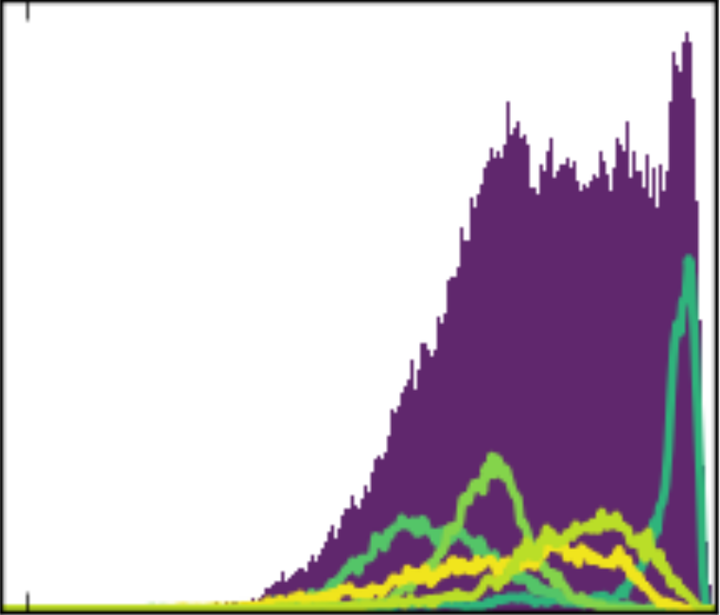 The histogram of magnetisation estimates from quantum jump Monte Carlo trajectories.
The histogram of magnetisation estimates from quantum jump Monte Carlo trajectories.Abstract
We study an ensemble of strongly coupled electrons under continuous microwave irradiation interacting with a dissipative environment, a problem of relevance to the creation of highly polarized nonequilibrium states in nuclear magnetic resonance. We analyze the stationary states of the dynamics, described within a Lindblad master equation framework, at the mean-field approximation level. This approach allows us to identify steady-state phase transitions between phases of high and low polarization controlled by the distribution of disordered electronic interactions. We compare the mean-field predictions to numerically exact simulations of small systems and find good agreement. Our study highlights the possibility of observing collective phenomena, such as metastable states, phase transitions, and critical behavior, in appropriately designed paramagnetic systems. These phenomena occur in a low-temperature regime which is not theoretically tractable by conventional methods, e.g., the spin-temperature approach.